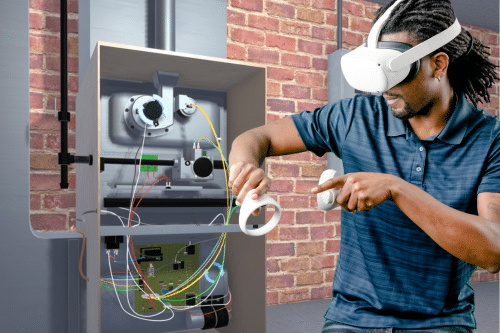The moment you’ve been working toward all summer is here. Say goodbye to quiet halls and empty classrooms as the chatter of students and teachers will soon bring your building to life.
Beyond the rush of back-to-school events and logistics, the start of a new school year is a crucial time to equip teachers, implement new technology, and set your students up for success. At the end of the year, will you reach your goal outcomes? Here’s how you can make it happen.
The Current Landscape for CTE Programs
Despite policymakers touting the importance of technical training, CTE programs face common challenges. First, CTE faces a perception problem that programs are only for students who underperform academically, according to the GAO. This can affect enrollment or require more active outreach to parents and students.
One major challenge, of course, is funding. A study by Education Development Center (EDC) found that 73% of CTE programs report flat or declining budgets, despite rising costs.
Another major challenge is recruiting, retaining, and training qualified teachers. If you’ve lost teachers to industry jobs or have had to trim teacher investment amidst budget cuts, you’re not alone. Perhaps you’ve obtained a grant for new technology, but not for the staff you need to implement it. Funding and time constraints make it difficult to prioritize professional development. The EDC report found that only 60% of CTE teachers are satisfied with their professional development, despite 91% naming it as “important” or “very important.”
How to Transform Your CTE Program
If these challenges sound familiar, the good news is that you can take action. You can’t magically double your budget, but you can implement smart strategies to make smarter use of your existing budget and resources. Follow these three strategies to boost student engagement, outcomes, and enrollment.
1. Equip Teachers
It’s no secret that teaching is experiencing a crisis. In CTE, in particular, 31 states recognize a critical shortage of CTE educators. Instructors may be frustrated with technology that lags behind what they see in the industry—and may be tempted to return to industry jobs with higher paychecks.
According to the Perkins Collaborative Resource Network, underprepared teachers are two to three times more likely to leave than fully prepared ones, and unmentored teachers are twice as likely to leave.
Even the most experienced teachers say that they need professional development (51%), in-school technology coaching (40%), and planning time with colleagues (62%) to reach their goals.
Here are several ideas on how you can resource teachers to provide better outcomes—and keep teachers in your program long-term.
- Pair new teachers with a teaching mentor
- Curate sets of resources by subject area or grade level
- Provide teachers with online learning tools that can align with their existing curriculum, such as the courses offered by Interplay Learning
- Give in-school coaching and hands-on training for technology use
- Ensure teachers have just-in-time tech support in-house or through technology providers
- Give teachers access to CTE conferences, webinars, and online courses through organizations like ACTE or your state department of education
2. Let Students Take the Lead
Student-directed learning is a trend emerging in education today. In this educational approach, also called self-directed learning, students take an active role in planning, managing, and evaluating their own learning experiences.
Student-directed learning is effective because it engages the students to a higher degree and allows them to personalize their learning pace and even their course materials. An advanced student can move through coursework more quickly than their peers without becoming disengaged, for example, or a struggling student can apply additional practice into certain areas.
A platform that allows students to move through learning modules at their own pace, like Interplay Learning’s education platform, is one example of how to bring this to your school. Research by Project Tomorrow found that technology has a major impact on self-directed learning when used effectively. 60% of teachers say technology allows them to better personalize instruction for their students, up from 21% in 2014. 56% of teachers say technology can encourage more self-directed learning, up from 38% in 2014.
Giving students the tools to learn new skills on their own will benefit them in the program and throughout their lives.
3. Take Advantage of Technology
You may think that you already use technology in the classroom. You have smart boards or iPads in the classroom: box checked. Education has made incredible gains in technology adoption since 2020, but there are infinitely more possibilities for innovation.
If you think that cutting-edge technology is unaffordable for your institution, think again. Emerging technology products can make better use of resources by reducing the need for physical resources.
For skilled trades and other hands-on CTE programs, space and resources can quickly become a pain point. However, with activities like simulation-based learning, students can practice as much as they need without using expensive consumable resources like coolant for HVAC programs. It also enables them to practice on a wide range of equipment that you may not have in your lab.
The 2020 Augmented and Virtual Reality Survey Report named education as one of the top sectors ripe for disruption by immersive technology, second only to healthcare. Tools like these reduce the need for large lab spaces and can improve student outcomes by giving them unlimited practice outside of classroom time.
Simulation-Based Tools
Simulation-based training like Interplay Learning lets students put theoretical concepts into practice with online learning simulations, enabling them to experience real-world scenarios and build troubleshooting skills. In addition to saving money on lab or field time, 3D simulations engage students and boost outcomes through experiential learning.
“Experiential learning has long been argued as the most effective way to learn,” says Accenture experts, “and studies have shown that learning through experience increases learning quality and improves retention by up to 75 percent”.
Simulation-based tools have multiple applications, including pre-work, practice, and assessments.
Virtual Reality/Augmented Reality
In addition to desktop or tablet-based simulations, emerging technology is bringing VR and AR experiences into the classroom. Instead of reading a textbook chapter about how to install conduit, for example, students can complete a VR simulation in a small group or at home. By practicing skills and learning safety procedures ahead of time, students can learn from anywhere and prepare for lab work.
VR and AR can significantly boost curriculum retention. Accenture conducted a study comparing video instruction against VR instruction for vocational training. They found that students participating in a VR group demonstrated 12% higher accuracy, 17% faster time to completion, and higher perceived usefulness of training.
Start Immersive Learning Today with Interplay Learning
The educational landscape has changed, requiring a different mode of thinking for administrators. The same methods you’ve used for the past five years won’t keep students engaged in the next five.
To motivate teachers, give them coaching and support to put new strategies into action. To move the needle on student engagement, invest in learning methods that will excite them and let them learn experientially. With platforms like Interplay Learning by Interplay Learning, you can access cutting-edge immersive technology with features like gamification and skills assessments.
Innovation is the key to unlocking your CTE’s transformation this school year—don’t be afraid to embrace it.
How can you transform your CTE program this year? Contact our team to see experiential learning in action.








